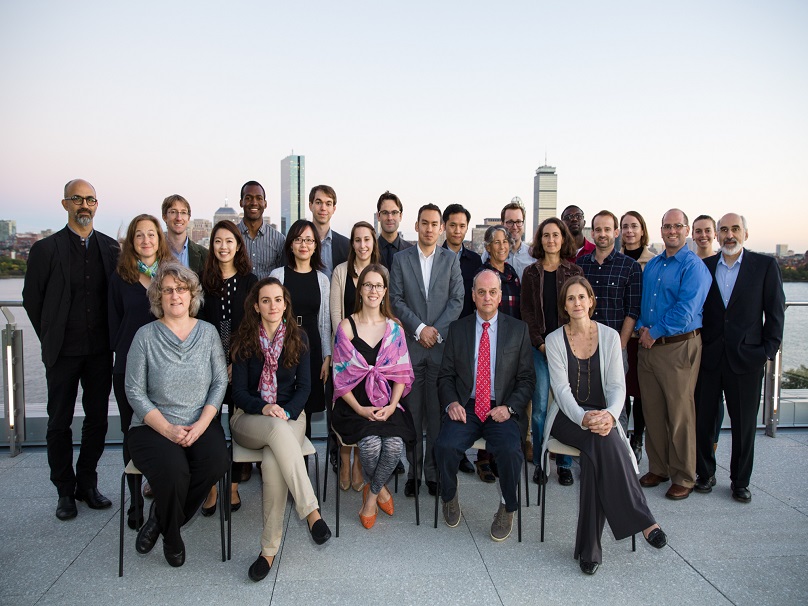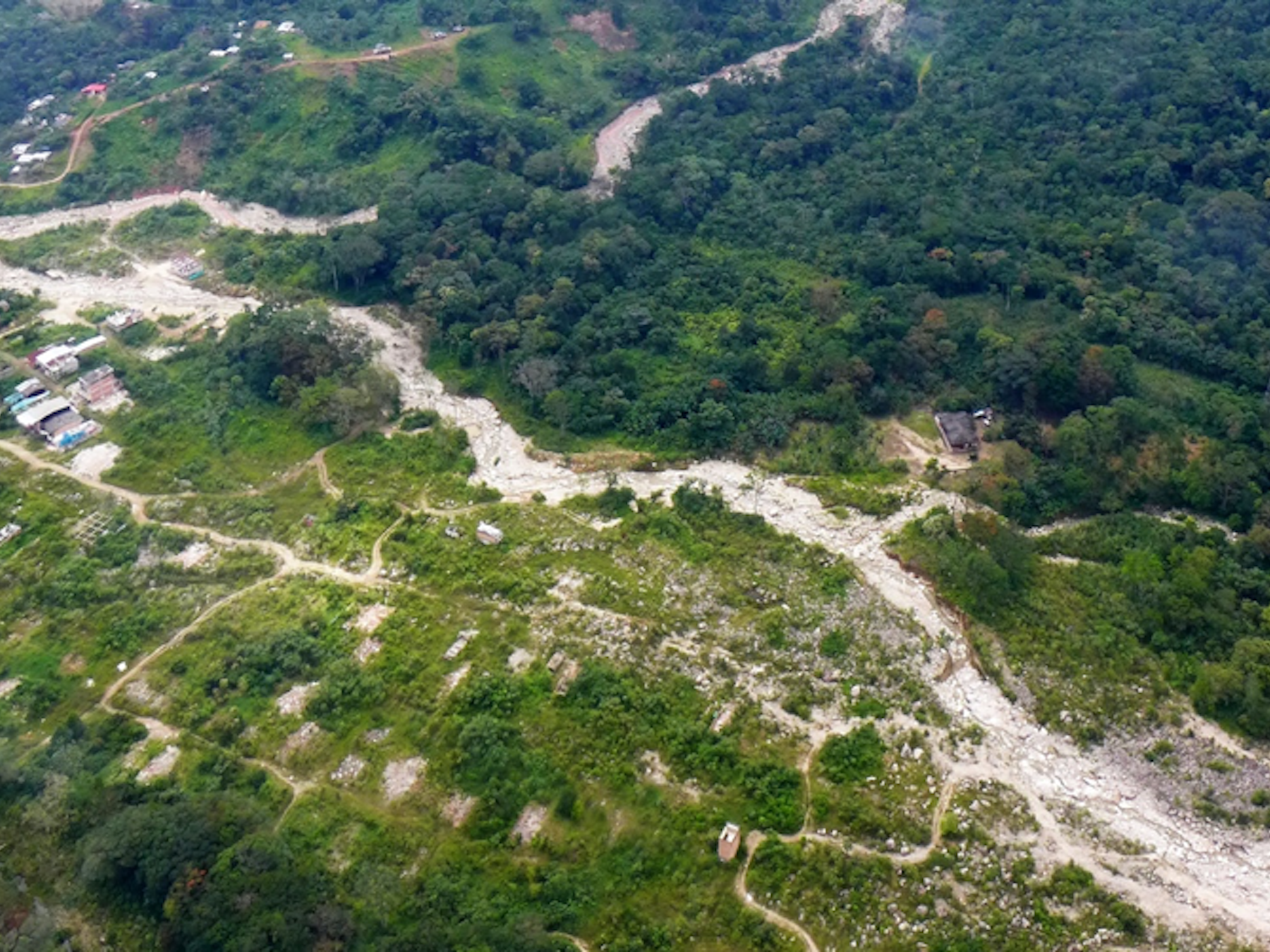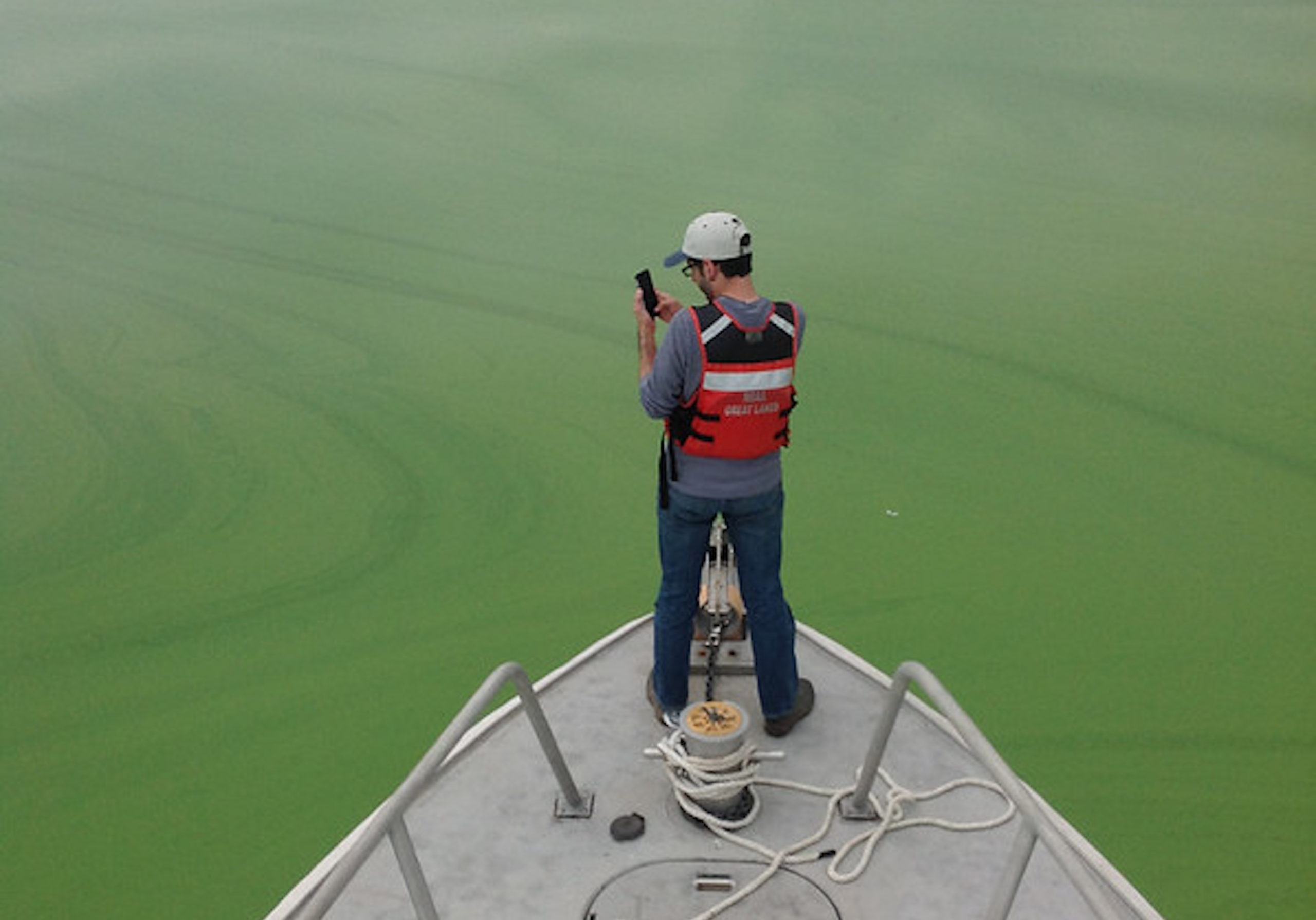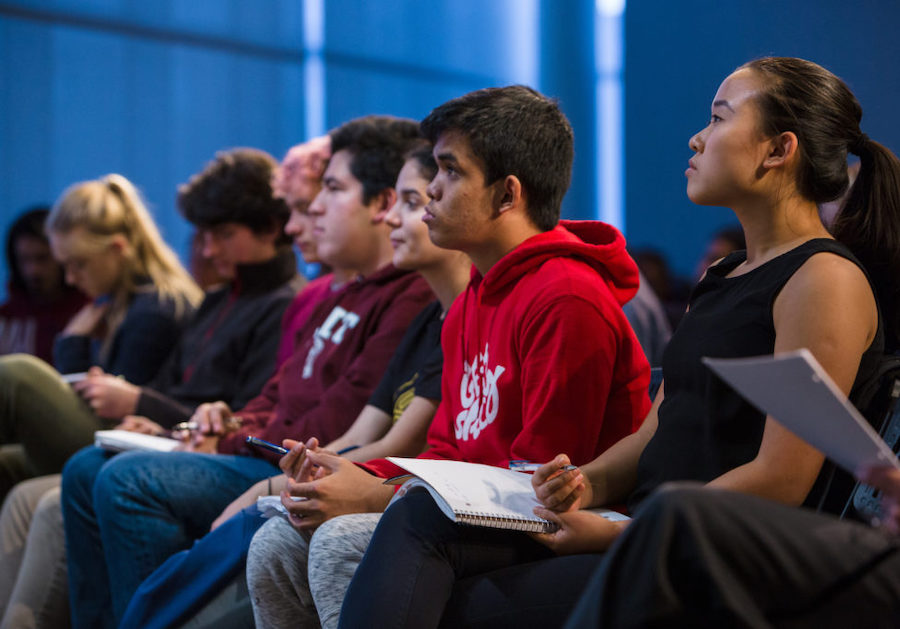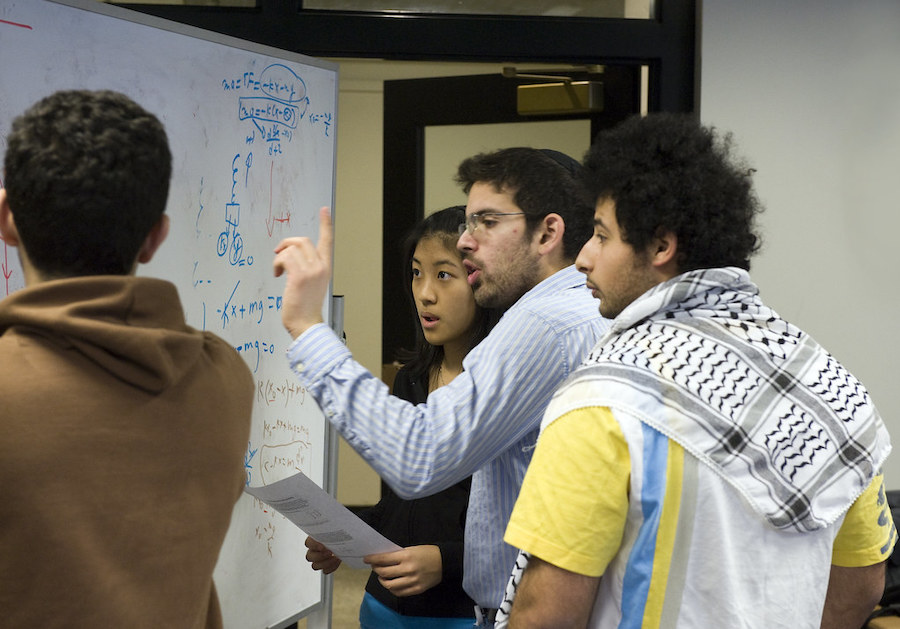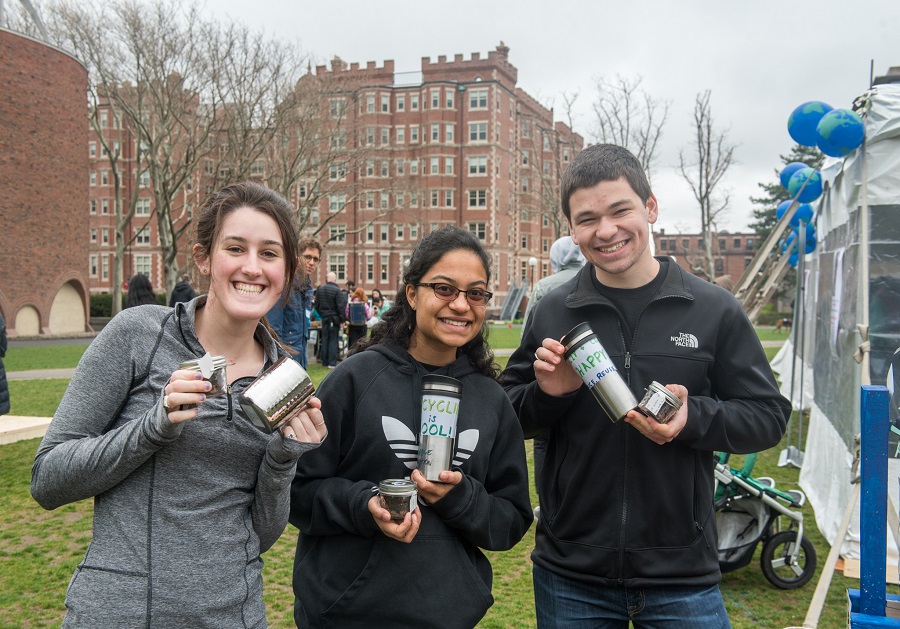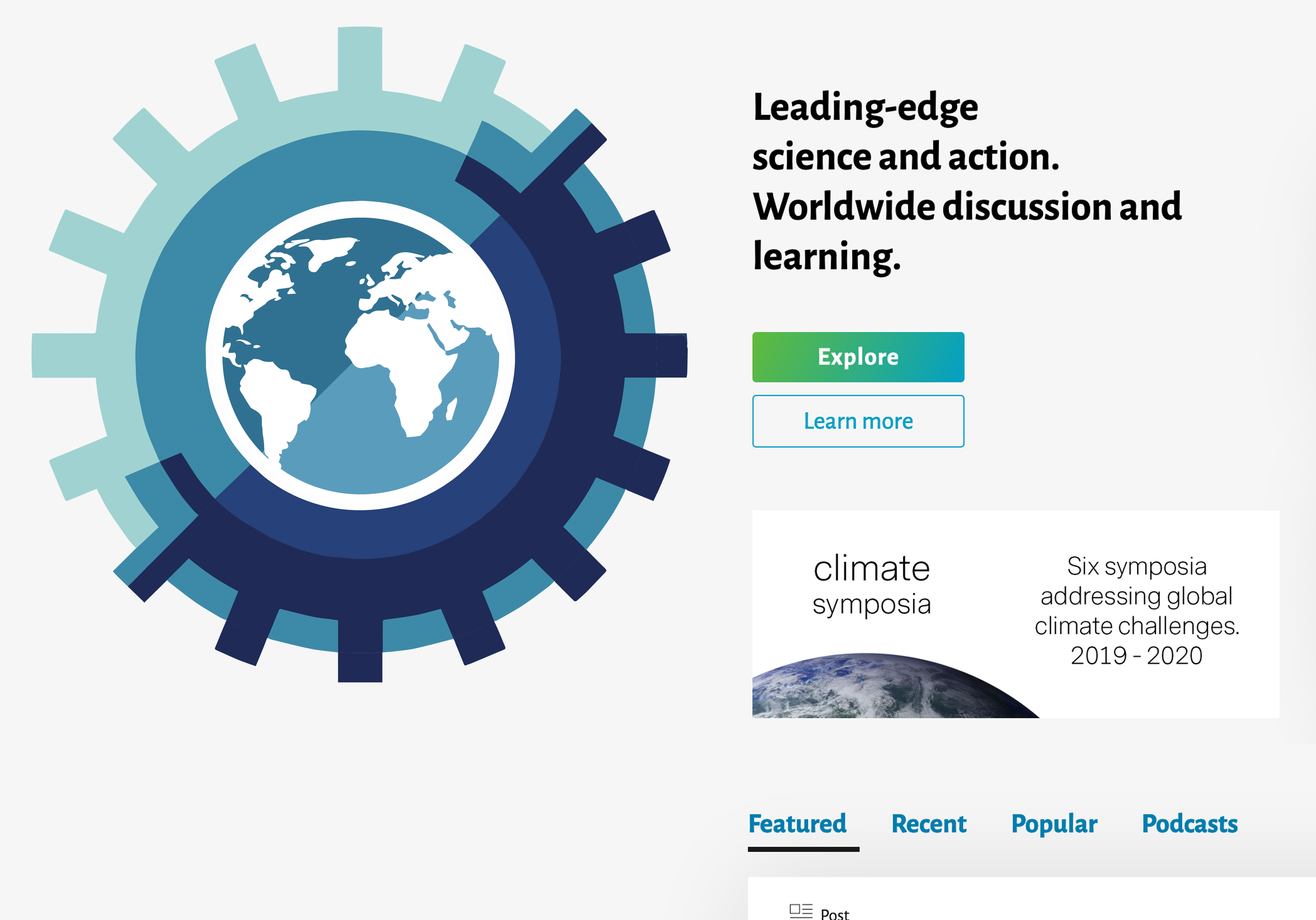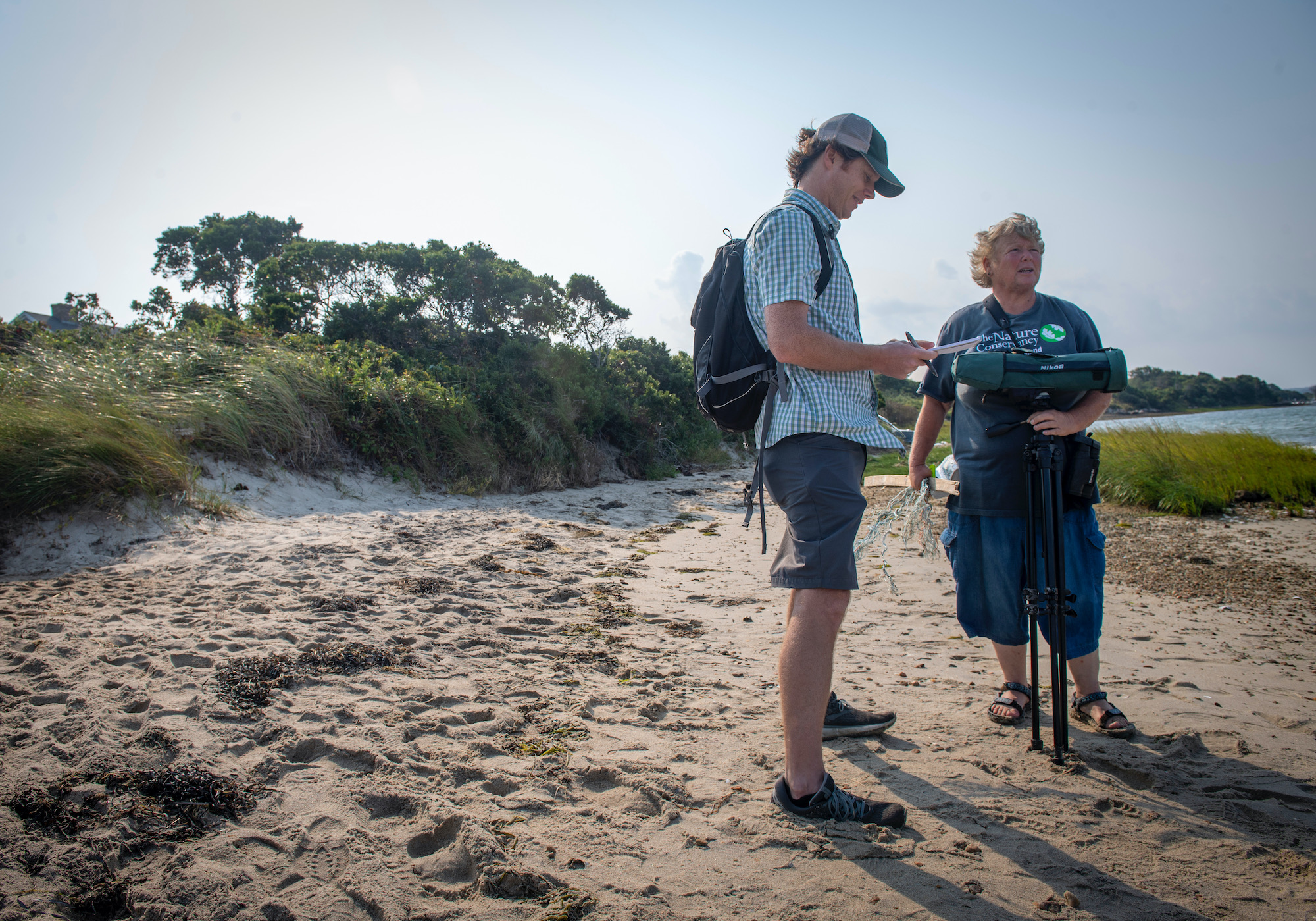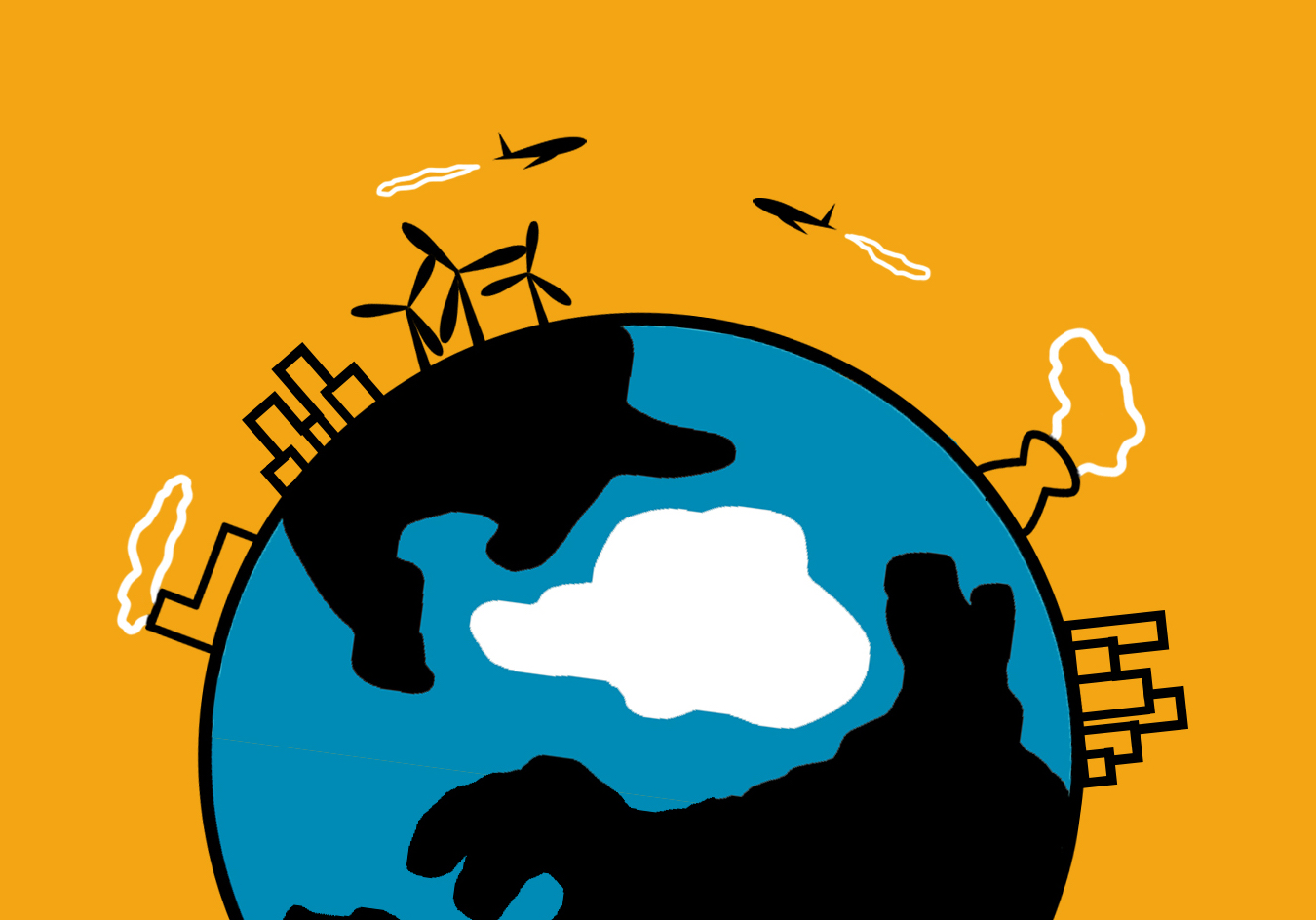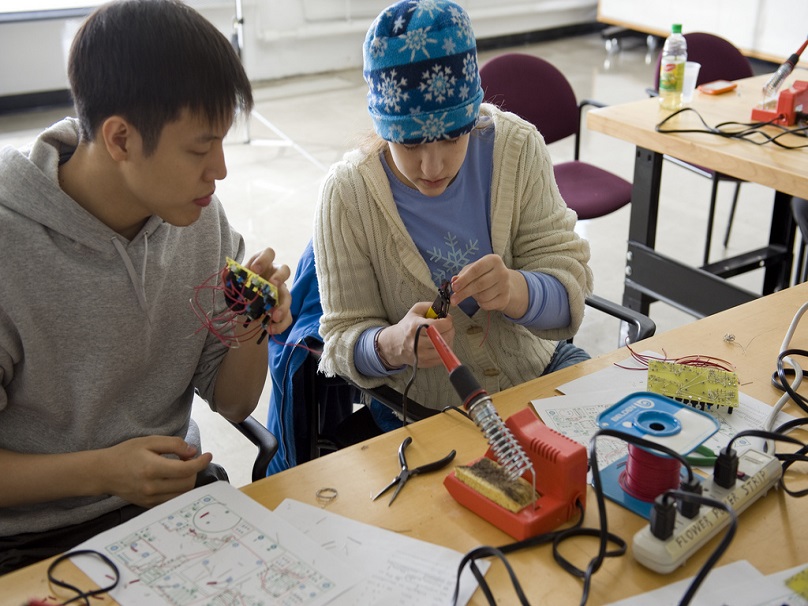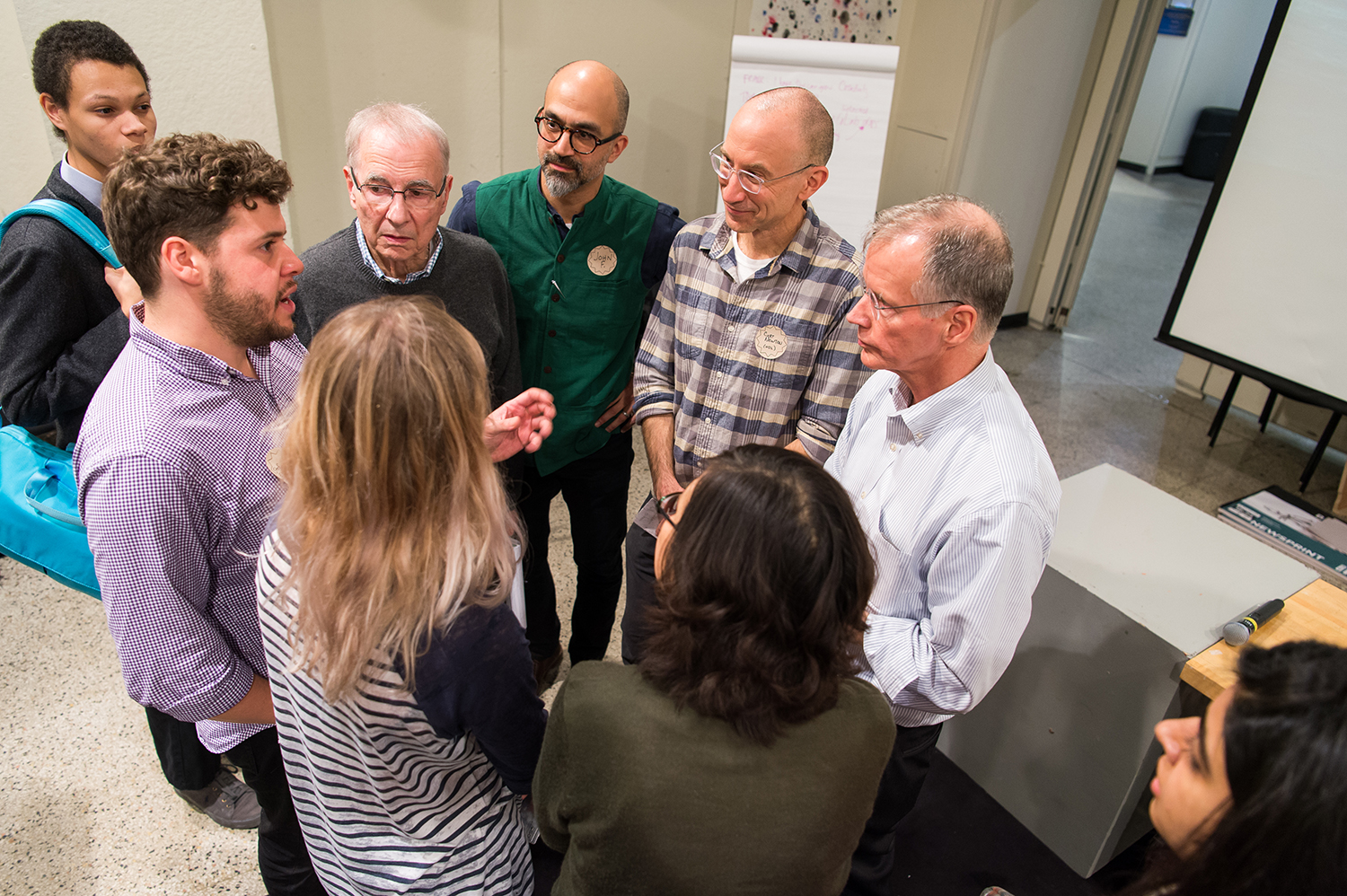Menu
Curriculum Grants
2023 Climate, Energy, and Sustainability Infusion Fellowships
ESI has an open call for MIT faculty fellowships to embed topics of climate science, the environment, and sustainability (CES) into subjects they are already teaching in the regular undergraduate curriculum. Learn how to apply.
2017 Curriculum Grants
With the generous support of the Dirk (’75) and Charlene (’79) Kabcenell Foundation, ESI issued curriculum development grants for nine new subjects and four adapted subjects in the Environment and Sustainability Minor, and one interactive teaching resource.
Core subjects (new)
- People and the Planet: Environmental Governance and Science (12.387J/15.874J/IDS.063J; N. Selin, EAPS/IDSS; S. Solomon, EAPS; J. Sterman, Management)
Introduces governance and science aspects of complex environmental problems and approaches to solutions. Introduces quantitative analyses and methodological tools to analyze environmental issues that have human and natural components. Demonstrates concepts through a series of in-depth case studies of environmental governance and science problems. Students develop writing, quantitative modeling, and analytical skills in assessing environmental systems problems and developing solutions. Through experiential activities, such as modeling and policy exercises, students engage with the challenges and possibilities of governance in complex, interacting systems, including biogeophysical processes and societal and stakeholder interactions.
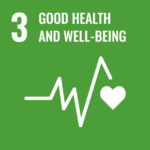
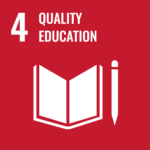
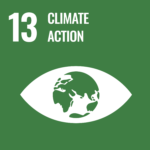
- People and the Planet: Environmental Histories and Engineering (11.004/STS.033J; J. Knox, DUSP)
Explores historical and cultural aspects of complex environmental problems and engineering approaches to sustainable solutions. Introduces quantitative analyses and methodological tools to understand environmental issues that have human and natural components. Demonstrates concepts through a series of historical and cultural analyses of environmental challenges and their engineering responses. Builds writing, quantitative modeling, and analytical skills in assessing environmental systems problems and developing engineering solutions. Through environmental data gathering and analysis, students engage with the challenges and possibilities of engineering in complex, interacting systems, and investigate plausible, symbiotic, systems-oriented solutions.


Electives (new)
- Biogeochemistry of Natural and Perturbed Systems (12.174; A. Babbin, EAPS)
Presents the fundamentals of chemical cycles in the environment and their interactions with microbial populations. Students investigate the natural cycling of carbon, oxygen, and nutrients in the oceans and on land. Also emphasizes anthropogenic perturbations to natural dynamics and how the environment is reshaped by human activities. Students work in teams to develop and conduct immersive research projects in the Boston area, analyzing their local environment for chemical and microbial signatures of both natural and anthropogenic origin.
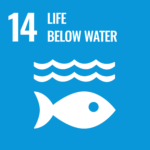
- City on a hill: Understanding environmental change and health in the city of Boston (R. Scheffler, STS)
The class will utilize instruction in Boston and its surrounding area as a vehicle for exploring large themes in historical geography and environmental history from the 1600s to present. The class will include topics such as colonial land use, water use, landfill, pollution regulation, environmental health and justice, and planning for the impact of climate change. The final project of the class will be a collaborative effort, with assistance from the Center for Environmental Health Sciences, potentially to describe the different aspects of a Superfund cleanup site in the Boston area.


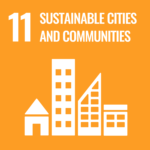


- Environmental Justice: Law and Policy (11.148; J. Steil, DUSP)
Introduces frameworks for analyzing and addressing inequalities in the distribution of environmental benefits and burdens. Explores the foundations and principles of the environmental justice movement from the perspectives of social science, public policy, and law. Applies environmental justice principles to contemporary issues in urban policy and planning.
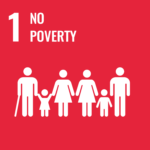

- Nature’s Sandbox: The History of Ancient Environments, Climate and Life (12.12; K. Bergmann, EAPS)
History of Earth’s Environment will be a new undergraduate level Earth Science course for Spring 2019, with a primary focus on increasing student exposure to the field, the laboratory, and data (new and existing). The course will cover topics in the evolution of the Earth surface environment and the interplay between the environment, climate and the evolution of life. We plan to accomplish this in two primary ways: [1] by recording “flipped” lecture content, thereby freeing up classroom time for focused discussion, data analysis, and field trips; and [2] to produce “virtual” trips of important field locations and laboratories in order to bring outcrop experiences into the classroom. Virtual field trips will be used as the foundation of the course to illustrate key concepts in Earth Science. We will also utilize other “virtual” field trip tools, such as Gigapan Imagery, 3D outcrop reconstructions, and aerial drone footage.

- Sensing for Resilience and Sustainability (IAP; M. Triantafyllou, MechE; T. Consi, Sea Grant)
This new IAP course will teach students how to design and build sensor systems for environmental measurement. A resilient community depends on knowledge of the environmental stressors it must cope with (e.g. storms, floods). A sustainable society needs to measure the effectiveness of environmental mediation strategies. In both cases data from sensors embedded in the environment is key and that is the topic of this course. Students will first undergo an electronics “boot camp” where they will learn enough theory and practical knowledge to understand the electronics that underlay sensors and sensing systems. Next basic sampling theory and the fundamental principles that apply to all sensors will be presented. Choosing from a variety of sensors available in the lab the students will then design, build and test a sensor and data logging system designed to measure one or more real-world environmental characteristics such as tides in Boston Harbor or the micro-scale weather on campus. Following deployment the students will analyze their data and present it to the class.


- Solving for Carbon Neutrality at MIT (T. Gutowski, MechE; J. Newman, DUSP)
Solving for carbon neutrality requires a deep understanding of technology options, and human behaviors, as well as regional, state and municipal energy production and distribution systems, economic frameworks and policy. The course will uniquely leverage the MIT campus as a test bed for understanding climate adaptation and mitigation. Students will be exposed to and able to consider the local, state, regional and national context of solving for carbon neutrality to inform the development of the pathways that they design as part of their course projects.
Course lectures will be given by several MIT faculty with broad technical expertise and understanding that help to inform our solutions for this challenge. These faculty, along with other campus and industry experts will provide background information as well as project guidance and advice. Students will be engaged in a term long project aimed at developing realistic carbon reduction strategies for the MIT campus.



- Urban & Environmental Technology Implementation Lab (D. Hsu, DUSP)
The Urban & Environmental Technology Implementation Lab seeks to assist cities to meet environmental policy objectives by strategically implementing new technologies and methods. This class will have a studio/applied laboratory format, in which diverse students will be organized into teams and given a client and a brief. This approach builds on and combines three trends, and relative strengths, of MIT: (a) increasing contact in DUSP with local and regional governments that are seeking assistance with complex environmental policy problems; (b) a technically-skilled student body that wants to work on socially-relevant problems; and (c) cheap and off-the-shelf technologies such as sensors, mobile communications, and distributed controls. Examples of available projects include but are not limited to: installing sensors to aid in design or planning; designing better information workflows to transform markets or policy implementation; gathering data from drones and combining with existing or remotely-sensed data.

Electives (adapted)
- Design for Complex Environmental Issues: Building Solutions and Communicating Ideas (1.016; D. McGee, EAPS)
Students work in small groups, under the guidance of researchers from MIT, to pursue specific aspects of the year's Terrascope problem. Teams design and build prototypes, graphic displays and other tools to communicate their findings and display them in a Bazaar of Ideas open to the MIT community. Some teams develop particular solutions, others work to provide deeper understanding of the issues, and others focus on ways to communicate these ideas with the general public. Students' work is evaluated by independent experts. Offers students an opportunity to develop ideas from the fall semester and to work in labs across MIT.


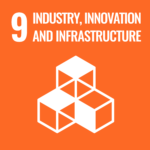


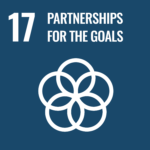
- Environment and History (21H.185J/12.386J; H. Ritvo, History; S. Solomon, EAPS)
Focusing on the period from 1500 to the present, explores the influence of climate, topography, plants, animals, and microorganisms on human history and the reciprocal influence of people on the environment. Topics include the European encounter with the Americas, the impact of modern technology, and the current environmental crisis.

- Introduction to Atmospheres, Oceans, and Climate (12.003; T. Cronin, EAPS)
Introduces the physical processes governing the atmosphere, oceans, and climate. Topics include: the controls on the average surface temperature of the Earth and how the temperature of the atmosphere depends on height, latitude, and time of the year, force balances in atmospheric and oceanic flows, and mechanisms and time scales of past and future climate changes. Lab activities illustrate underlying mechanisms using infrared cameras and fluid tank experiments. Computer activities include use of simple climate models and analysis of observational data.

- Weather and Climate Laboratory (12.307; Lodovica Illari and John Marshall, EAPS)
This Institute laboratory engages students in hands on projects involving laboratory experiments, analysis of data on the EsGlobe, writing up reports and making oral presentations. The following project themes explore fundamentals of climate science but also make contact points with major contemporary environmental challenges facing mankind.
- Heat and moisture transport in the atmosphere
- Weather and weather extremes
- Aerosols, dust and atmospheric pollution
- Ocean circulation and transport and plastics in the ocean
Students learn about the science of climate, how to deal with noisy imperfect data, how to write reports (they can satisfy their CI-M writing requirement through 12.307) and get much practice in public speaking.


Teaching resource (adapted)
- EsGlobe: an interactive educational resource for environmental data (L. Illari, EAPS)
We will develop an educational resource – an interactive data display which we call EsGlobe – for rendering environmental or model data onto a sphere (either a physical sphere, a virtual sphere on a flat screen display or indeed one’s cell phone). It can be tilted and rotated to facilitate ease of viewing, as shown in Fig.1 and described in the legend. More importantly, it will enable interactive work with the underlying data sets. EsGlobe can enliven and transform a number of courses and educational activities at MIT. We envisage that EsGlobe will also be a valuable resource for outreach in informal settings such as lab visits, museums and libraries and can even be used to enliven professional lectures and seminars. A prototype exists and is already being used in outreach and educational activities.

Figure 1: EsGlobe is an interactive data display for rendering environmental or model data onto a sphere: either a physical sphere or a virtual sphere on a flat screen display. The globe can be tilted and rotated to facilitate ease of viewing. EsGlobe will allow the user to interact with the data, manipulate it, select it and plot it out (as shown at the top). The trajectories of virtual particles released in to the flow can also be computed.
ENVIRONMENT & SUSTAINABILITY MINOR

Learn about minoring in Environment & Sustainability at MIT!

